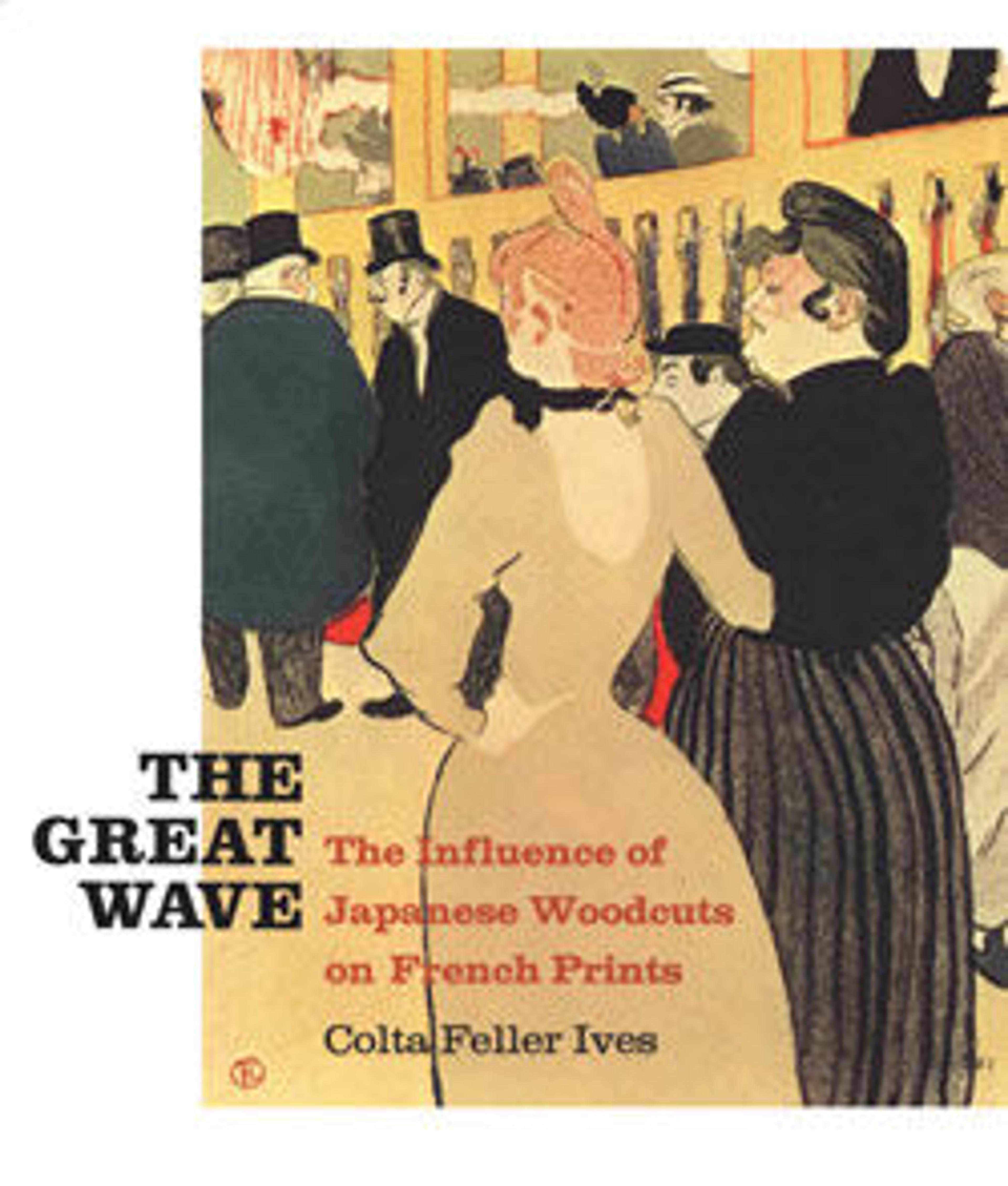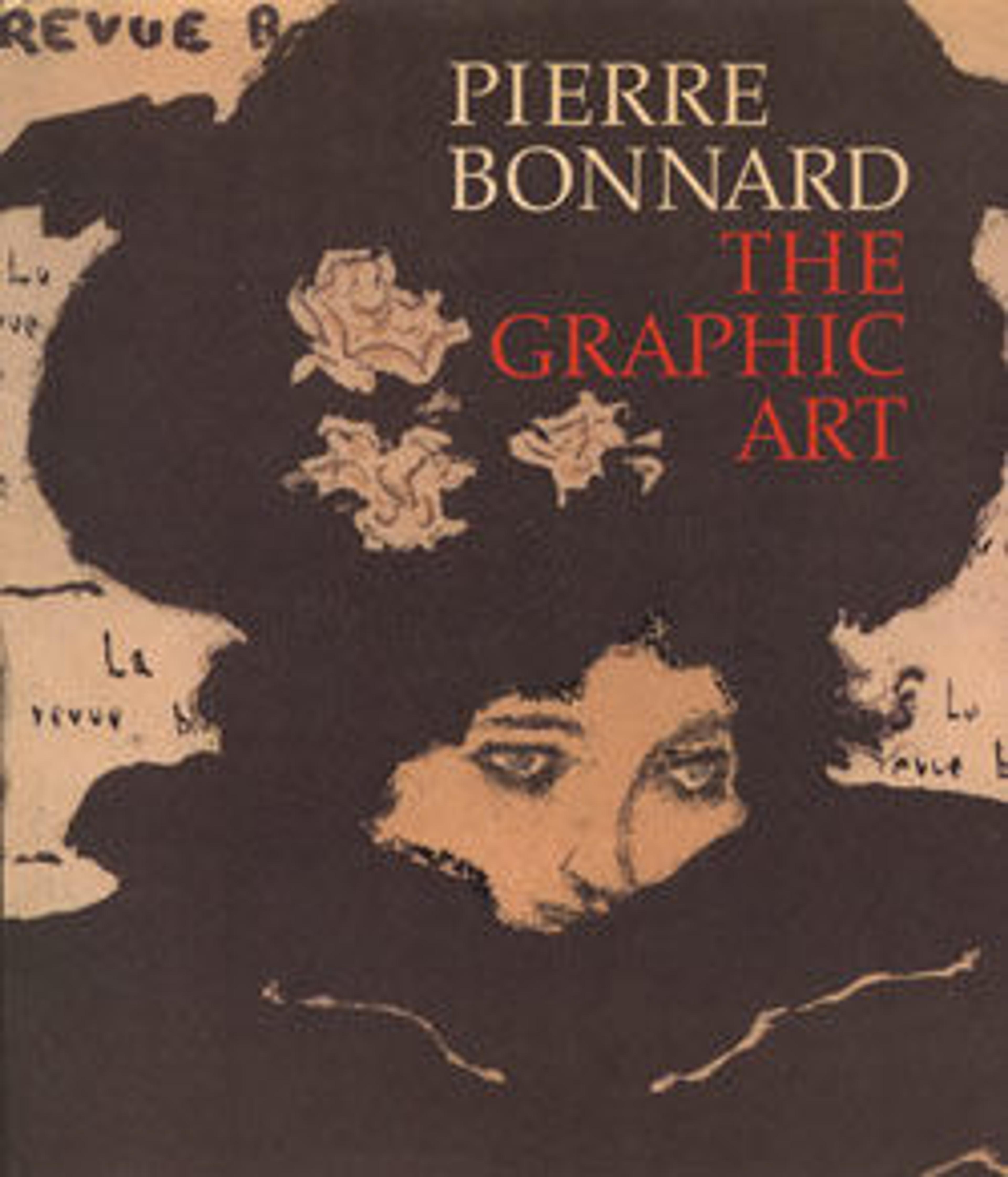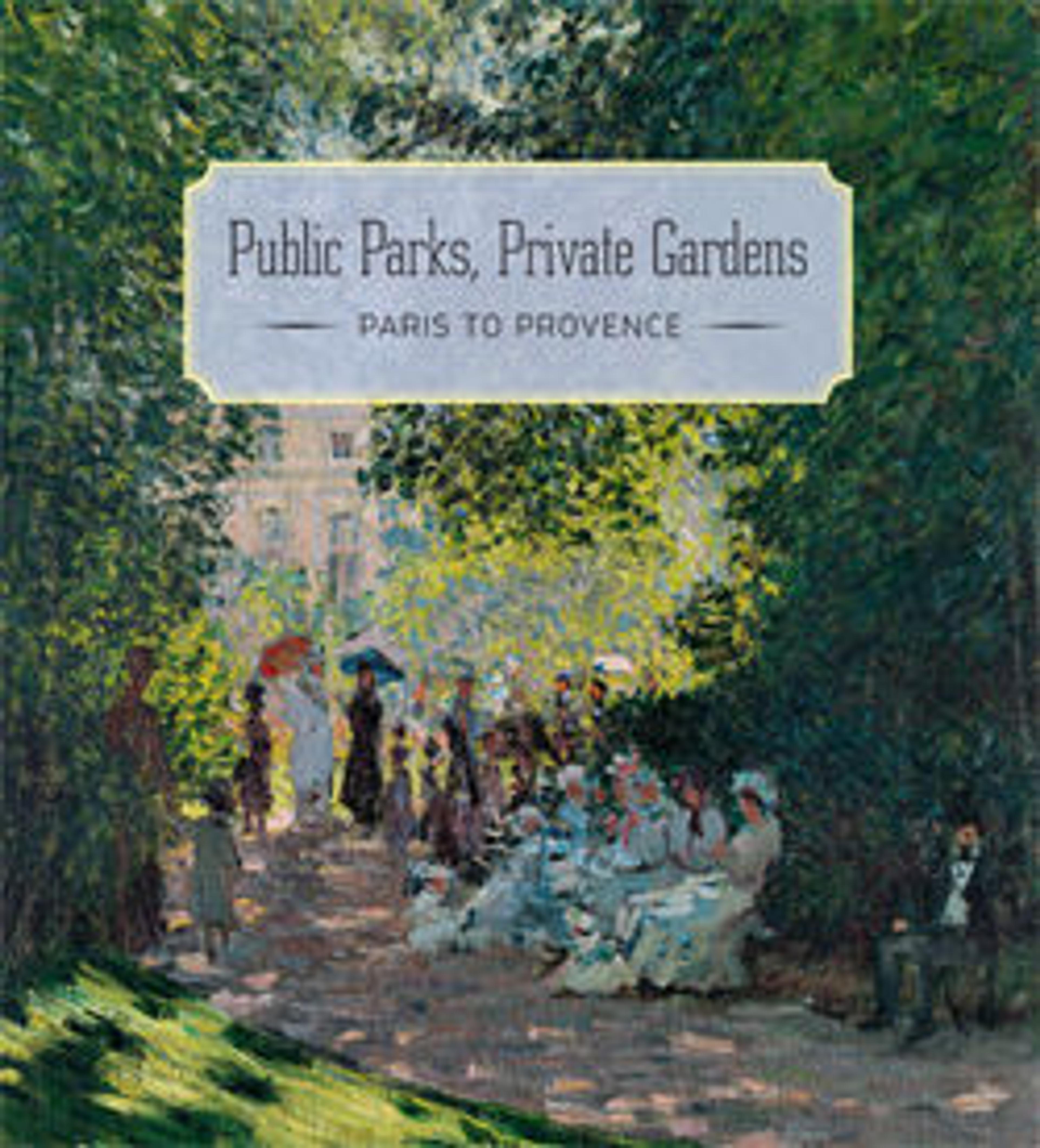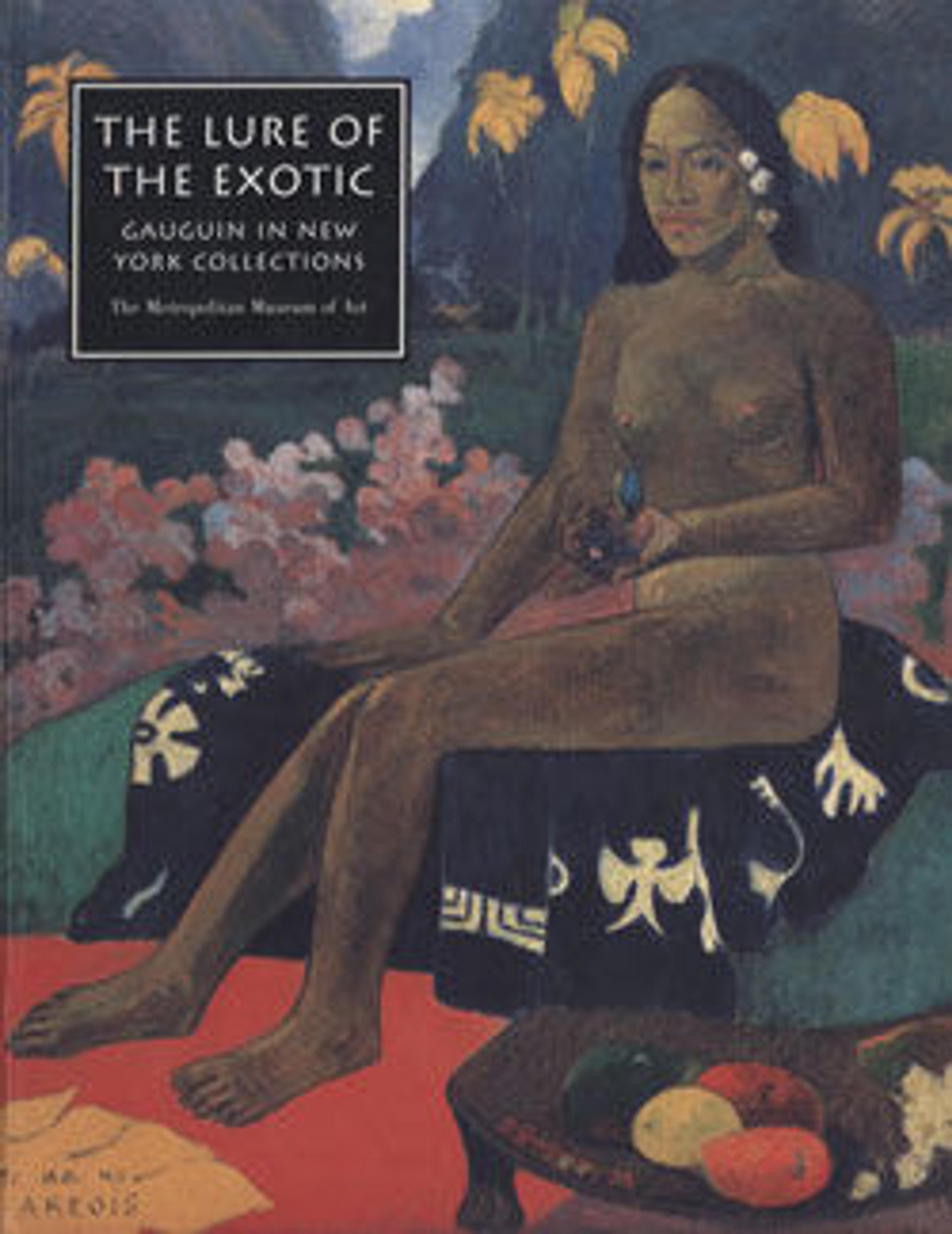
The Great Wave: The Influence of Japanese Woodcuts on French Prints
After Admiral Perry broke through Japan's isolation in 1854, the current of Japanese trade flowed west again, bearing with it the colored woodcuts of Hokusai, Hiroshige, and their contemporaries. Some of the most avid collectors of these prints were the French Impressionists and Nabis, who found in them new ways to treat their own prints. In The Great Wave, Colta Feller Ives, Curator in Charge, Department of Prints and Photographs, The Metropolitan Museum of Art, recounts the phenomenal "cult of Japan" in late nineteenth-century France and reveals through direct comparisons its particular impact on the graphic work of Manet, Degas, Cassatt, Bonnard, Vuillard, Toulouse-Lautrec, and Gauguin.
Met Art in Publication
You May Also Like
Press the down key to skip to the last item.
Citation
Ives, Colta Feller. 1979. The Great Wave: The Influence of Japanese Woodcuts on French Prints. 4. pr. New York, NY: Metropolitan Museum of Art.




